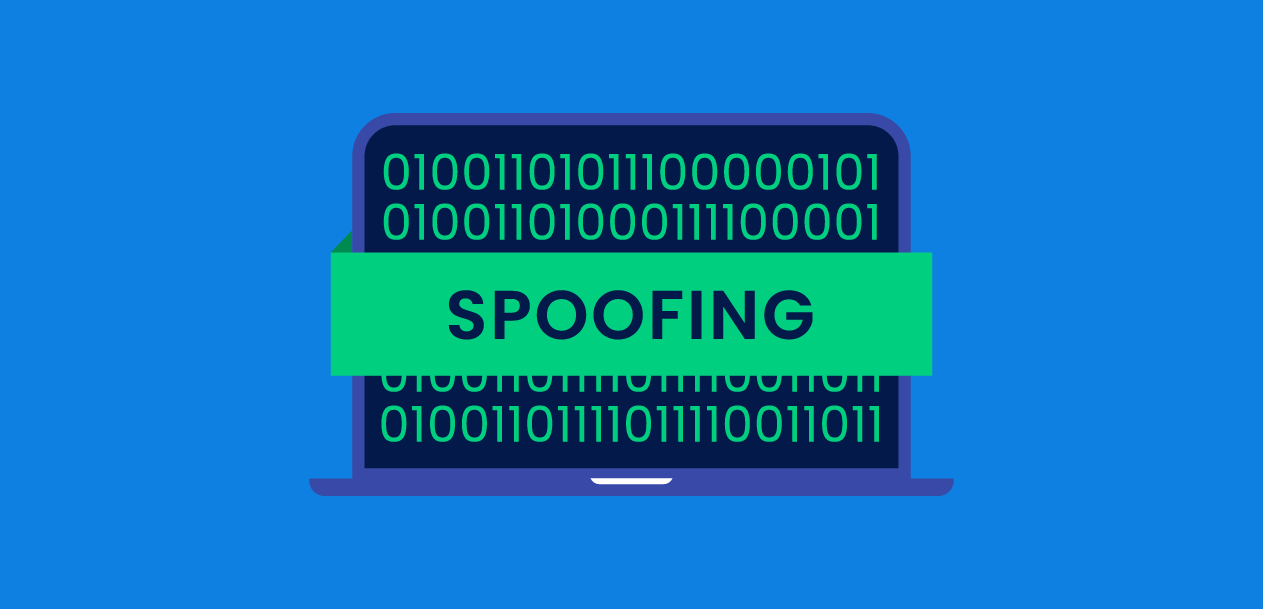For a Forex trader, consistently taking profitable trading positions is always the objective. However, this is almost impossible to achieve, as it will require you to surpass other market participants all the time, which is very difficult to do even for experienced traders.
But there are always those who want to rig the system to their advantage, some in creative and resourceful ways, others downright illicit. Hence, the practice of “spoofing” emerged, and it belongs to the illegal category.
What is spoofing?
Spoofing or bluffing is a disruptive algorithmic trading strategy that manipulates the Forex market by creating an illusion of the supply and demand of a traded currency or commodity.
Spoofers usually place a relatively large number of orders to buy or sell financial assets such as bonds, stocks, or futures with no plans of executing the transaction. This leads other market players to believe that an existing pressure to buy or sell the currency or commodity is present, and prompts market prices to change.
Once spoofers succeed in creating this artificial impression of demand and supply, they simultaneously place large numbers of smaller orders for that specific currency or commodity. This nets spoofers a significant profit, and it all started when they “rigged” the market using a fake, large order that was later cancelled. Spoofing can bring a rise or fall in asset prices as other traders are induced to react in a certain manner.
Traders have been spoofing the market for decades. With the use of fast, powerful computer-based trading systems in the 2010s, this technique became even more common as the technology advanced. It may now be executed using front-running, illegal activities and layering algorithms in high-frequency trading.
Is spoofing legal?

The quick answer is no. In the UK, spoofers face significant fines from the Financial Conduct Authority (FCA) or courts. The FCA treats spoofing as an abusive strategy that is detrimental to consumers and market integrity and, intolerable.
The Dodd-Frank Act in 2010 made spoofing illegal in the US. Section 747 of this Act defines it as “the bidding or offering with the intent to cancel the bid or offer before execution.”
Australia also considers spoofing and layering as placing a legit order on one side while submitting multiple orders at separate prices on the opposite side. This act significantly impacts the supply and demand of a currency or commodity and consequently attracting other orders so the genuine order gets filled.
While algorithmic trading generally is lawful, using a written computer program to purposely spoof the Forex market is punishable by law.
Is spoofing difficult to prove?
Finding proof of spoofing is a challenging exercise since there is a need for prosecutors to prove a trader’s intention to manipulate the Forex market and override price actions. Cancelling orders is commonplace in Forex trading, as most have legitimate reasons for this. Further, there is a subtle difference that exists between outright manipulation and shrewd trading strategies. So, investigators have to be crafty at tying and connecting the loose ends of a spoofing conspiracy.
Cases of spoofing
The first application of the Dodd-Frank Act was in July 2013, when a Chicago federal jury indicted a high-frequency trader named Michael Coscia and Panther Energy Trading. Coscia submitted spoofed orders in 2011 through the European futures markets and CME Group Inc., which generated almost $1.6 million in profits. This illegal activity was executed via CME’s trading platform through an algorithm that unlawfully placed and quickly cancelled orders of futures contracts. The FCA further stressed that only 0.1% of Coscia’s larger orders were filled, compared to the 44.5% of fully filled smaller orders.
In another case, CME banned Chicago-based trader, Igor Oystacher, from trading for a month in November 2014 due to alleged spoofing. Oystacher also paid fines amounting to $150,000.
On April 21, 2015, a fraud and market manipulation complaint was filed against the Hounslow day-trader, Navinder Singh Sarao. He utilised dynamic layering using customised computer-trading software. Dynamic layering is a kind of market manipulation where traders run large sell orders of contracts tied to Standard & Poor’s (S&P) 500 Index.
In early 2018, civil charges of spoofing were laid against UBS, HSBC, and Deutsche Bank. They agreed to pay a collective settlement of $47 million.
Responsible use of technology
While technology makes trading more convenient, it can also be used to craft unethical trading strategies such as spoofing. If you are new to forex trading, a broker can help you navigate the murky waters of the industry.
If you need advice in Forex trading, get in touch with your broker.
Disclaimer: All material published on our website is intended for informational purposes only and should not be considered personal advice or recommendation. As margin FX/CFDs are highly leveraged products, your gains and losses are magnified, and you could lose substantially more than your initial deposit. Investing in margin FX/CFDs does not give you any entitlements or rights to the underlying assets (e.g. the right to receive dividend payments). CFDs carry a high risk of investment loss.




